Inheriting a guitar from a loved one is a deeply personal experience that blends music, memory, and emotion. When it comes to changing strings on an inherited guitar, especially a cherished vintage Martin, the task often feels heavier than a simple maintenance job. You’re not just replacing strings—you’re handling a tangible connection to someone’s musical journey and legacy. Balancing this emotional attachment with the practical need to maintain your guitar’s sound and playability can be challenging. This guide offers heartfelt advice and actionable steps drawn from real guitarist experiences to help you care for your heirloom instrument without losing its sentimental value.
Understanding the Emotional Connection to Your Inherited Guitar
The strings of an inherited guitar often carry more than just musical function—they hold memories, stories, and emotional weight. For many, those strings were the last ones their loved one played, making them a powerful symbol of connection. It’s common to feel hesitant or even guilty about changing them, as if you might be erasing part of your family’s history. These emotional challenges are natural, and many musicians share them.
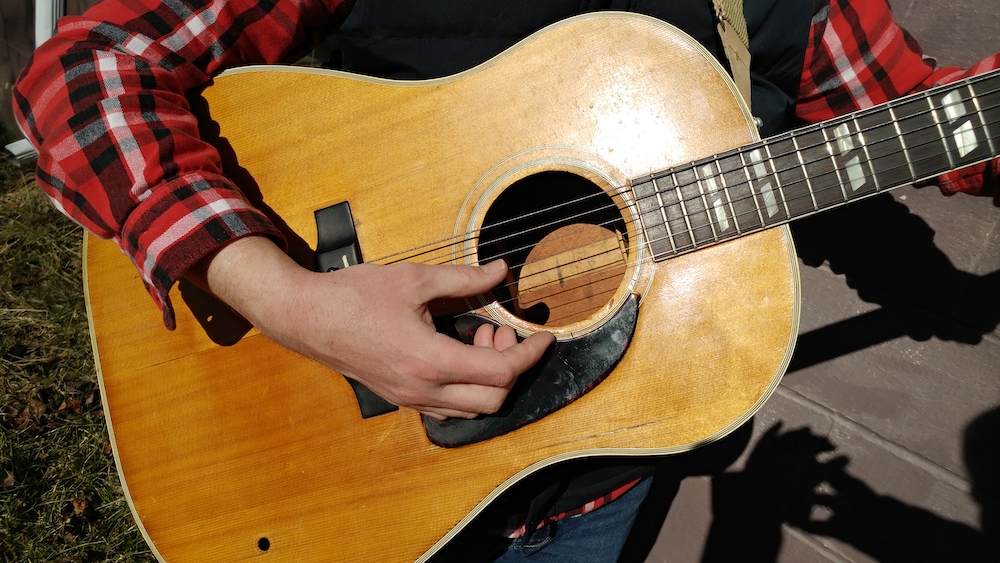
One meaningful way guitarists honor these feelings is by preserving the old strings as keepsakes. For example, some have crafted rings or other memorabilia from the final set of strings played by a loved one, creating a unique memorial that keeps the memory alive beyond the guitar itself.
Others emphasize the importance of taking your time with maintenance tasks, encouraging you to wait until you feel ready to change the strings. There’s no rush—acknowledging your feelings and pacing yourself can make the process more comforting and respectful to both you and the instrument. In fact, embracing this emotional journey can enhance how you express yourself through your playing. For those interested in exploring how emotion translates into technique, The Art of Dynamics: Bringing Emotion to Your Guitar Playing offers insightful guidance on connecting feeling with sound.
- Acknowledge your feelings and allow yourself time before making any changes.
- Consider preserving old strings by storing them safely or turning them into keepsakes.
- Remember that maintenance doesn’t diminish the sentimental value but helps preserve the guitar’s future.
Video tutorial: Adding emotion to your guitar playing
The Practical Importance of Changing Guitar Strings
While the emotional connection to your inherited guitar is profound, it’s essential to understand why changing strings is a practical necessity. Old strings lose their tone and can negatively impact the guitar’s sound quality and neck tension. On vintage guitars, leaving old strings on too long can cause damage such as neck warping or corrosion of hardware, which compromises the instrument’s longevity.
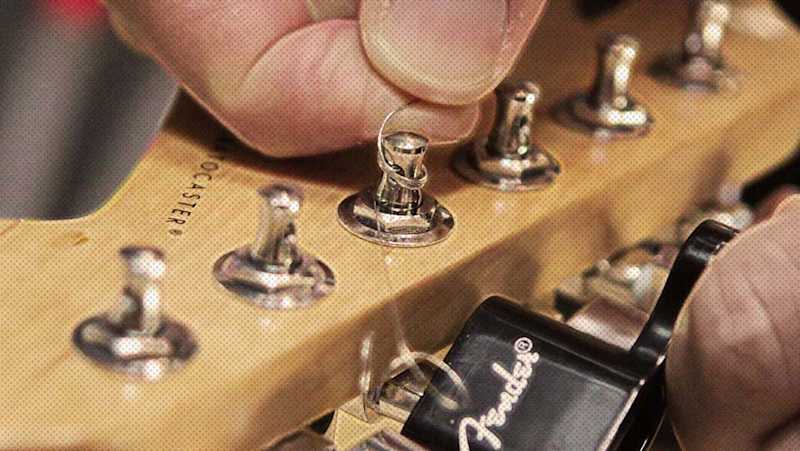
Many experienced guitarists stress that strings are consumables—regular replacement is part of proper heirloom guitar maintenance. Maintaining your guitar’s playability honors its legacy by ensuring it remains a vibrant instrument rather than a fragile relic.
If you’re not quite ready to remove the old strings, a useful tip is to tune them down to reduce tension on the neck temporarily. This can help protect the guitar until you feel prepared to proceed with a full restring. When you’re ready, The Definitive Guide To Changing Guitar Strings – Liberty Park Music offers an excellent step-by-step resource to make the restringing process smooth and confident.
“It’s great that you have sentimental value for the guitar that was important to your dad. But the strings were just consumables.”
- Replace strings with quality sets suitable for your vintage guitar model.
- If delaying replacement, tune old strings down to reduce neck tension.
- Understand that fresh strings improve sound and protect your instrument’s structure.
Video tutorial: Changing guitar strings on vintage tuners
How to Change Strings on a Vintage or Heirloom Guitar with Care
Changing strings on a vintage or heirloom guitar requires a gentle, thoughtful approach. Unlike modern instruments, older guitars may have delicate finishes, original parts, or sentimental modifications that need careful handling.
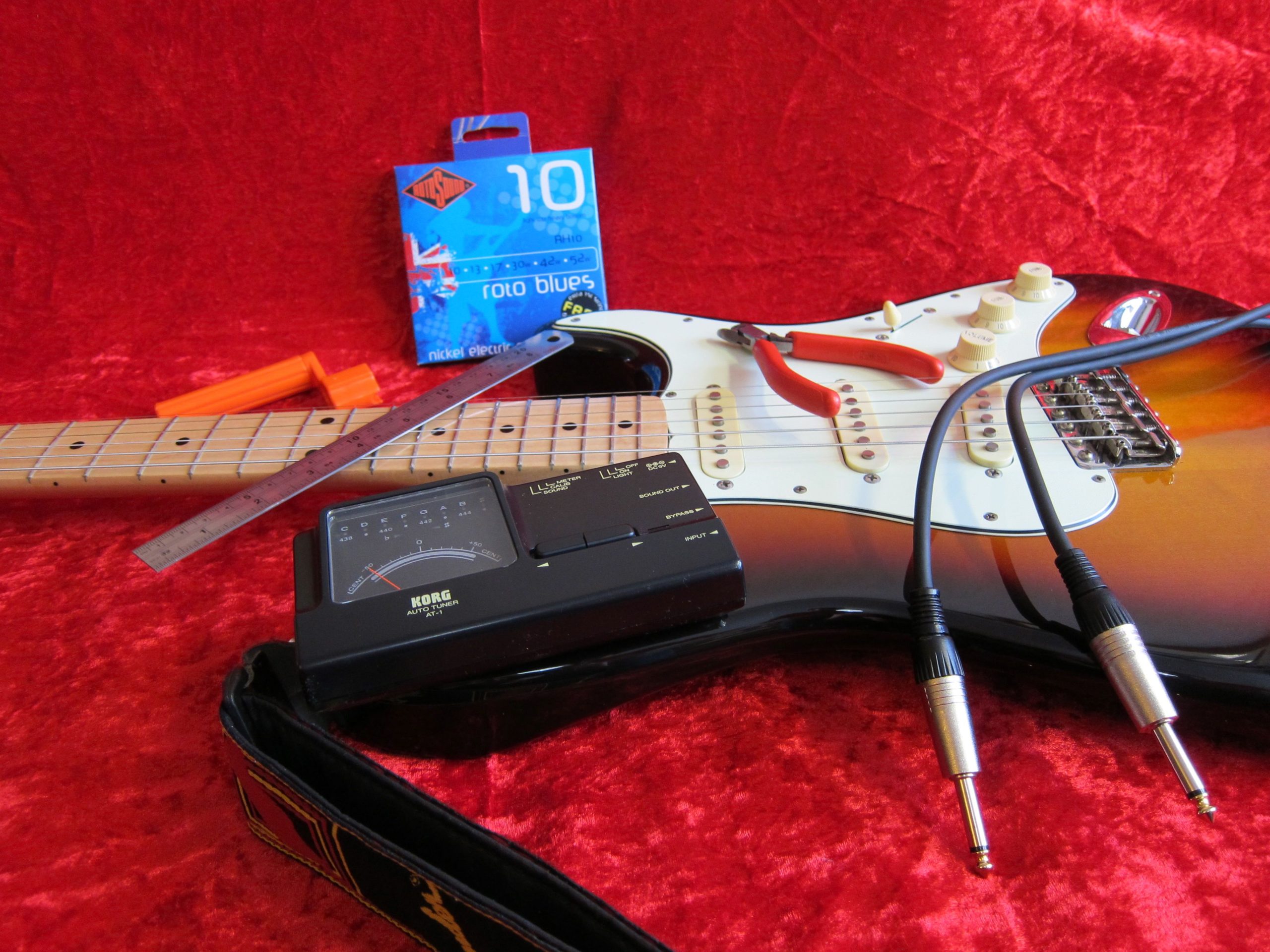
Begin by loosening and removing the old strings slowly to avoid sudden changes in tension that could stress the neck. During this process, it’s a great opportunity to clean and inspect the guitar. Use gentle, vintage-safe cleaning products to remove dust, oils, and grime without damaging the finish.
Preserving original parts and sentimental elements is crucial. For example, if your guitar has a unique pickguard or original tuning pegs, handle these with care and avoid harsh treatments. After removing the strings, consider storing them in a memory box or crafting keepsakes as a tribute to your loved one’s musical journey.
Many guitarists have found value in customizing setups to better suit their playing style while still honoring the instrument’s history. Consulting a professional luthier can help you achieve this balance, ensuring your vintage Martin remains both playable and cherished. For those looking to deepen their knowledge of restringing techniques with careful, step-by-step guidance, the Musical Instrument Guide | How to replace strings and restring a guitar offers an excellent, detailed resource.
- Use gentle cleaning products safe for vintage finishes during string changes.
- Keep old strings in a memory box or create meaningful keepsakes.
- Consult a luthier for custom setups or repairs tailored to your guitar’s needs.
Exercise 1: Carefully remove old strings and store them in a keepsake box or create a memorial item.
Exercise 2: Perform a gentle cleaning and inspection of your guitar before restringing.
“Take your time. Do it when you’re ready.”
Video tutorial: Changing strings on vintage-style tuners
Balancing Sentiment and Practicality: Personalizing Your Approach
Preserving the sentimental value of your inherited guitar while maintaining its health is a delicate balance. Many guitarists find creative ways to honor their emotional connection without compromising playability.
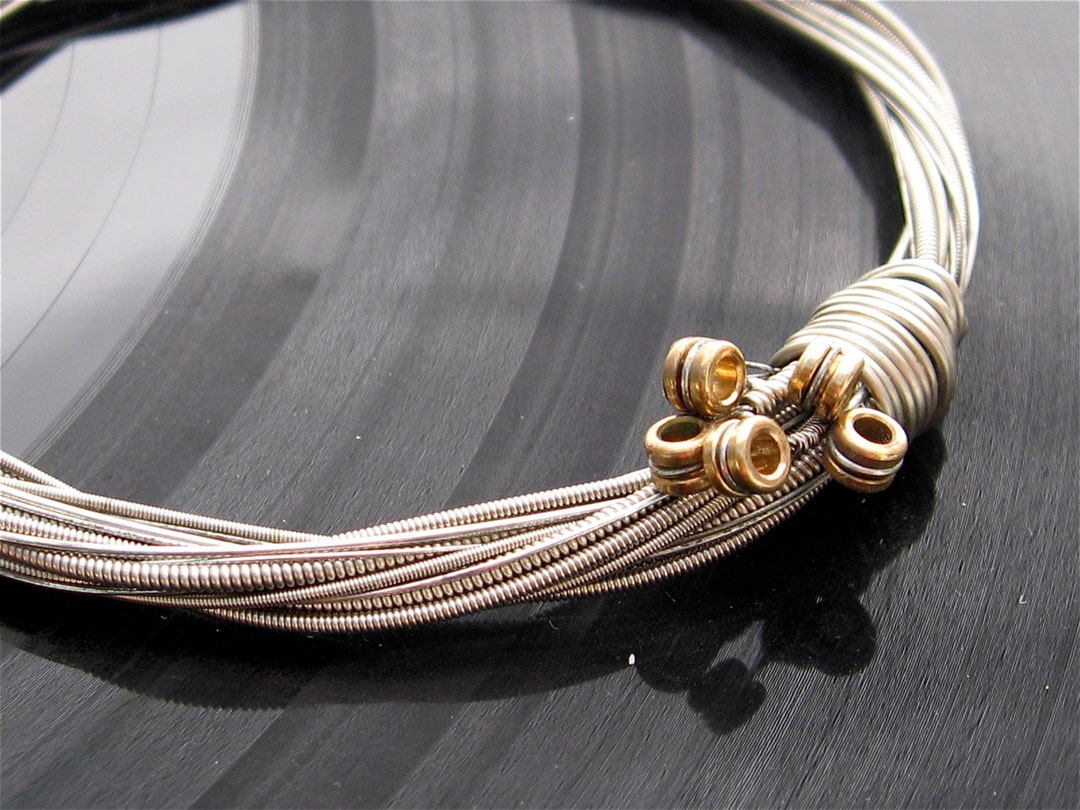
One popular method is to keep the old strings as mementos or incorporate them into jewelry or artwork. This transforms the strings into lasting tributes that hold personal meaning beyond the guitar itself.
Additionally, personalizing the guitar setup can help you connect with the instrument on your terms. For instance, some musicians have adapted their inherited Martin guitars for specific styles like slide guitar or modified action height to accommodate physical needs, all while respecting the guitar’s legacy.
For those interested in exploring creative ways to repurpose guitar parts or seeking step-by-step ideas for craft projects involving musical instruments, the Instrument Guides – Guitar craft activity guide from Baker Ross offers an inspiring collection of projects that blend artistry with sentimentality.
These choices allow you to maintain a living relationship with the instrument, celebrating its history while making it a functional part of your musical expression.
- Keep old strings as mementos or incorporate them into creative projects.
- Modify your guitar setup to suit your playing style and physical needs.
- Honor the guitar’s history by blending sentimental preservation with practical adjustments.
Stories of musicians customizing inherited guitars to keep playing despite challenges inspire a personalized, respectful approach.
Video tutorial: 10 affordable ways to customize your guitar
Emotional Self-Care While Caring for Your Inherited Guitar
Caring for an inherited guitar often brings up grief and strong emotions. It’s important to acknowledge these feelings and practice self-care throughout the maintenance process.
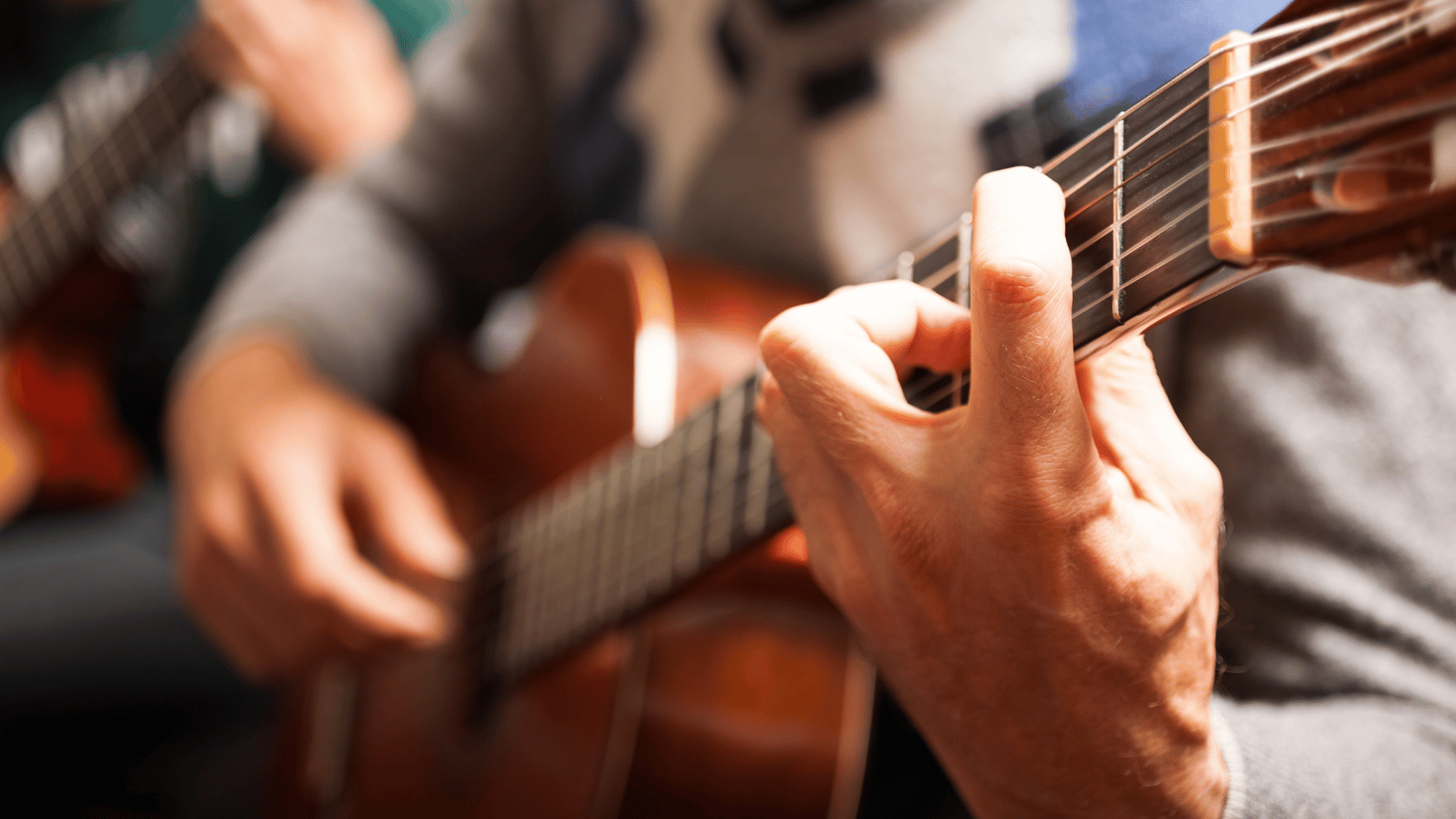
Allow yourself to take breaks and pace tasks like string changing or cleaning. There’s no pressure to complete everything at once, and stepping away when overwhelmed can prevent stress and preserve your emotional connection.
Seeking support from fellow musicians or professionals can also be beneficial. Joining groups focused on vintage guitar care or reaching out to luthiers experienced with heirloom instruments provides both practical help and emotional encouragement.
- Allow yourself to pause and return to maintenance tasks when emotionally ready.
- Join support groups or forums for shared experiences and advice.
- Consider professional help for tasks that feel emotionally difficult.
Advice to be gentle with oneself and take the time needed reflects the importance of emotional self-care. For musicians navigating the balance between creativity and well-being, a musician’s guide to mental wellness offers valuable insights and strategies to support your emotional health throughout this process.
Master emotional energy alignment for musicians
Conclusion
Changing strings on an inherited guitar is more than a maintenance task; it’s an emotional journey that connects you to your loved one’s musical legacy. By balancing practical care with heartfelt preservation, you ensure your vintage Martin remains a vibrant, playable instrument that honors its history.
Ready to apply these techniques? Take the time you need, use the practical tips shared here, and share your own story to help others in the community.
Have you inherited an instrument? How did you handle maintenance with emotional ties? Share your experience below.